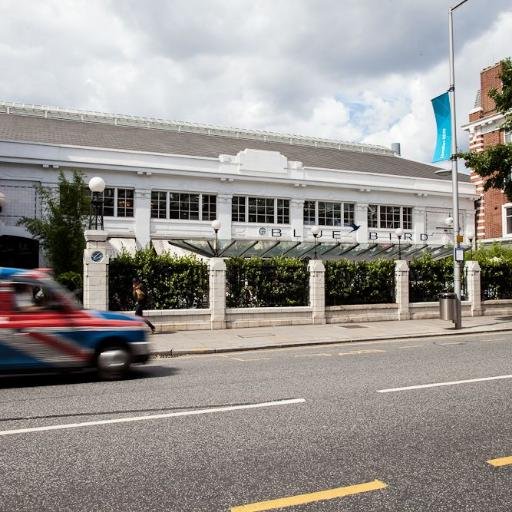A Sad Loss
I was sad to hear the news that Sir Terence Conran passed away last week at the grand old age of 88. Particularly sad because he was a personal favourite of mine and has been for some time.
It’s fair to say that he and his brands have had a big influence on my early career and I might even credit him with influencing my decision to become an architect. He certainly had an influence on me wanting to decorate and work with interiors.
I remember making a point of popping into Habitat when I was in Leicester as a young man, even before I had my own home. At the time, I was fascinated by this new type of clean, light, bright furniture and fabrics that was just so different from anything else on the high street. There was no internet back then so if you wanted something different you needed to rely on people like Terence providing you with it. But there wasn’t anyone else.

Habitats products always felt exotic to me, of a different place, more European and more progressive than the normal furniture shops. These influences encouraged me to look into different designs and styles more closely, and in doing so, I found a love for contemporary and modern design. These influences have stayed with me.
The shop’s whole approach was different, the way he set out his displays introduced the idea of an open fluid living space. Again, more European.

But Terence was so much more than a retailer, he was an old fashioned entrepreneur. The proper sort. He wrote books, was involved in product design, interior design, architecture, regeneration projects and more famously, restaurants.
One of my first ever design books was House Book by Terence Conran and whilst I have only enjoyed a quick coffee on Fulham Road, I do like the idea of sitting outside the Blue Bird watching the world go by.
When in London, one of my favourite places to visit is the Design Museum at Butlers Wharf, known as The Conran Village. A lot of my early visits to London involved a mandatory visit to The Conran Shop in the old Michelin Building (old French tyre offices). An absolute master class in restoration and redevelopment where he embraced the continental approach to ‘mixed use’ purposing of a building. I’ve always thought it was the only way to fly if investing in a large building like that. Let its existing architecture do the talking; add to the mass and utilise every square inch.
His flagship store included retail and restaurant at ground floor level, offices above and apartments above that. It was great walking through the architecture, browsing in the gift shop, drooling over the furniture and a mandatory stop for coffee and a pastry.

Some people say he was a hard taskmaster and could be a little bit difficult, but I had the pleasure of briefly meeting the man once and he was very pleasant for our short conversation.
Whatever opinions people may have of him, Terence was a real visionary; a true design pioneer and a British icon, he will be sorely missed.
Thank you, Sir Terence Conran.

